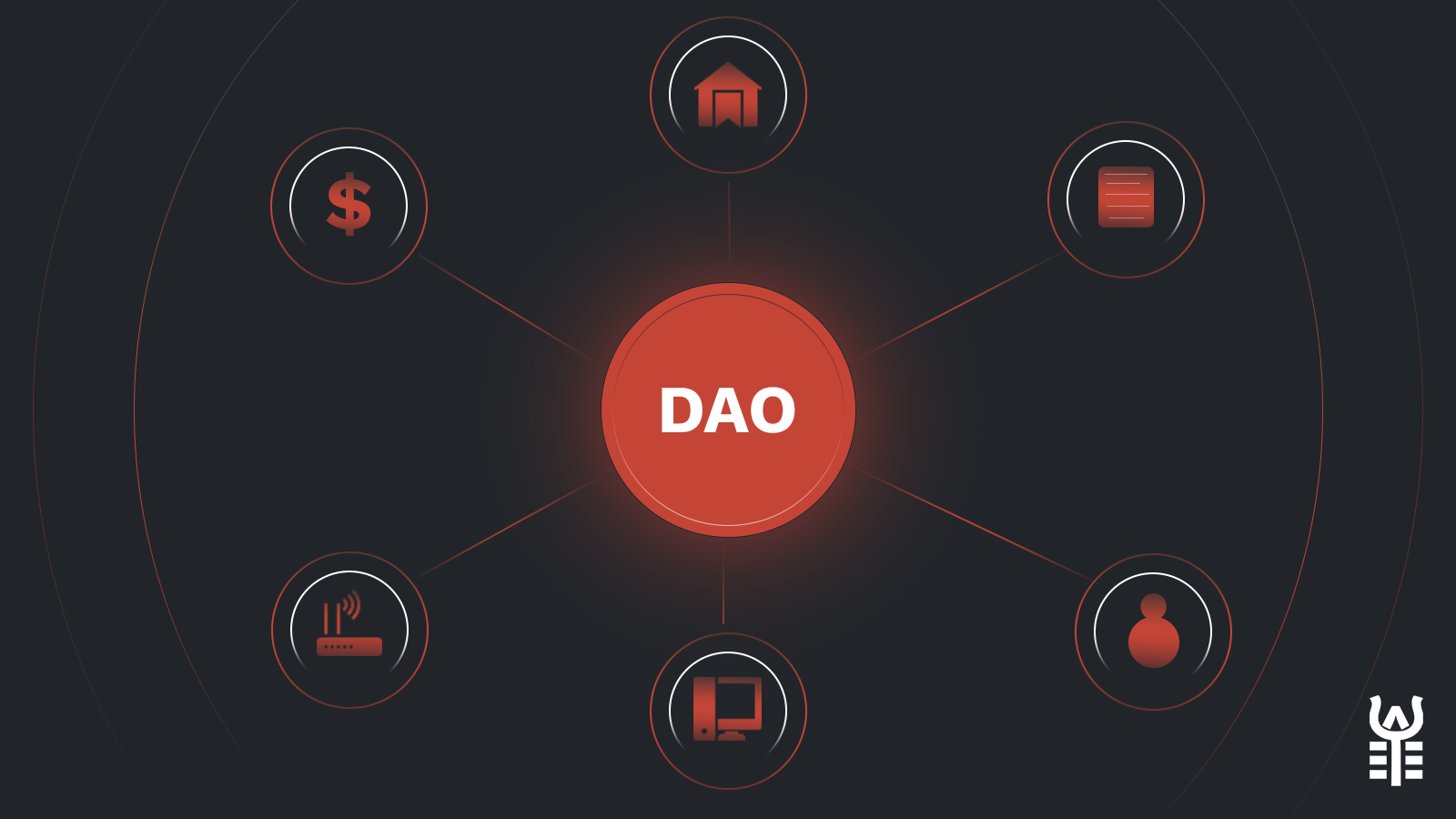
Decentralized Finance (DeFi) is changing the world as we know it. In this new blog series, I will be elaborating on how DeFi is shaking up the financial ecosystem. I am a crypto and DeFi enthusiast that has been immersing myself in various topics to simplify intricate concepts. I will be publishing in-depth articles on various DeFi protocols, decentralized applications (dApps), risk adjustment protocols for DeFi, blockchain concepts, and current events in the crypto market. This post will act as an introduction, just skimming the surface of the decentralized web. As the market and ecosystem evolve, I will take deeper dives into these concepts.
Similar to cryptocurrencies, DeFi is an emerging financial technology based on secure distributed ledgers, known as blockchains. Blockchains are digital ledgers that maintain a secure and decentralized record of transactions and metadata. This technology allows anyone with an internet connection to take part in finance and trading without controlling banks or institutions acting as middlemen. It eliminates the fees that these financial institutions charge for using their services. This allows users to hold a portion of their capital in a secure non-custodial wallet instead of a bank. Although DeFi and its regulations are still under development, platforms and applications like Saffron Finance exist so early adopters can take part in the world of DeFi in a secure, safe manner.

Decentralized Applications, or dApps, are applications built on a decentralized network that combine a smart contract and a frontend user interface. Smart contracts enforce rules written in code to mediate transactions within dApps. The decentralization of dApps allows them to function without the control of a single entity. DApps are open source meaning transactions that run through dApps are completely transparent making them immune to operator tampering or revision. Additionally, dApps use a cryptographic token to enable users access to the application and become validator nodes. The tokens also act as a reward to contributors on the network such as miners or stakers.

Decentralized applications have allowed a new way to start and fund a business. A DAO, or decentralized autonomous organization, is a group of people that operate under shared rules that are written into the code of smart contracts. Members of a DAO contribute fungible or nonfungible tokens and are given the ability to vote on decisions to achieve the organization’s common goal. This allows a business to function in a decentralized manner: without a central leader. DAOs have caught the eye of many business moguls including billionaire Mark Cuban, who called them “the ultimate combination of capitalism and progressivism.” Decentralized Autonomous Organizations will certainly be around as the evolution of DeFi continues.
Going forward, DeFi will continue to evolve as more users realize the value of having full control over their assets and using blockchains to facilitate transactions. Additionally, tokenization is a capability that leverages blockchain technology to securitize assets online. Tokens can represent anything of value: real estate, community memberships, and so much more through the use of NFTs. The future of DeFi is vast and growing exponentially. Stay tuned for a deeper dive into important DeFi concepts to stay on top of what’s what in the world of decentralization and Web 3.0.
Email plum@saffron.finance with any questions or topics you want to read about and I’ll be sure to include them!
Learn more about Saffron Finance: A peer to peer risk adjustment protocol. Users customize their risk and return profiles by selecting their own degree of exposure to underlying platforms.
Never miss out on a new tutorial, article, or dev update